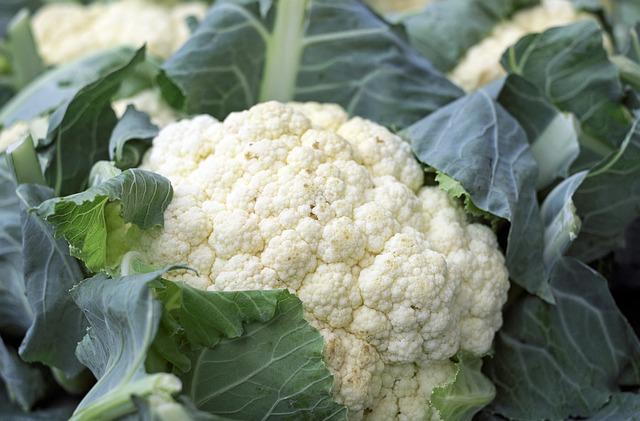
Cauliflower Plant Growth
Easy

We're going to explore how different salts affect the growth of cauliflower plants. We'll measure the height and root systems of the plants to see which salt has the biggest effect.
Hypothesis
The hypothesis is that the cauliflower plant watered with Epsom salt will have the shortest growth height and the smallest root system.
Method & Materials
You will split twelve cauliflower plants into four groups, label each group with a different color, and water each group with different solutions.
You will need 45 mL of MgSO4 · 7H2O, 45 mL of NaCl, 45 mL of KCl, and 300 mL of H2O.
Results
The results showed that the NaCl solution was most harmful to the height growth of the cauliflower plants, and the H2O group had the most complex root system.
Why do this project?
This science project is interesting because it shows how different salts can have a big impact on the growth of plants.
Also Consider
Variations to consider: try different concentrations of the salts, or try different types of plants.
Full project details
You can find additional information and details for this science fair project here. Have fun exploring!Related video
Hey there! Here are some awesome videos about this science project that we think you'll really like. They're not only super fun, but they'll also help you learn more about the science behind the project. So sit back, relax, and get ready to have some fun!!
Share this Science Project:
Related Science Fair Project Ideas
Watch ice melt and flowers bloom in this hands-on science activity for kids!
Easy
Let's find out if plants grow bigger in a greenhouse or without protection!
Easy
Did you know you can change the color of flowers? With this science experiment, you can!
Easy
Share this Science Project:
